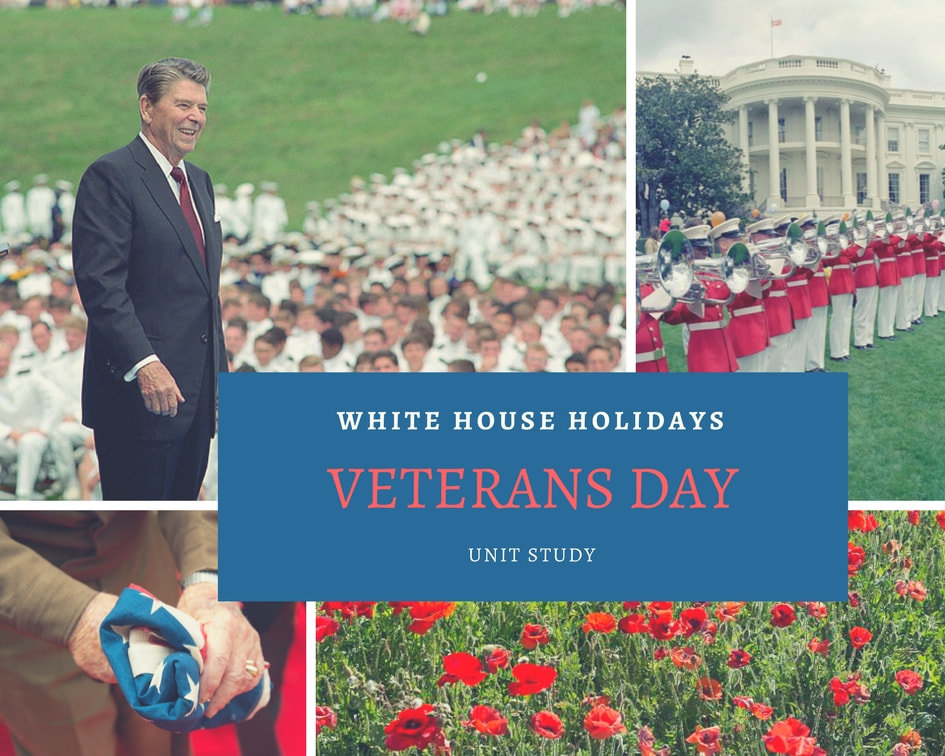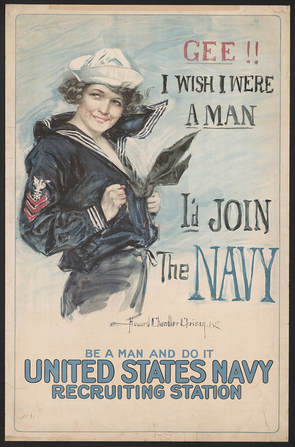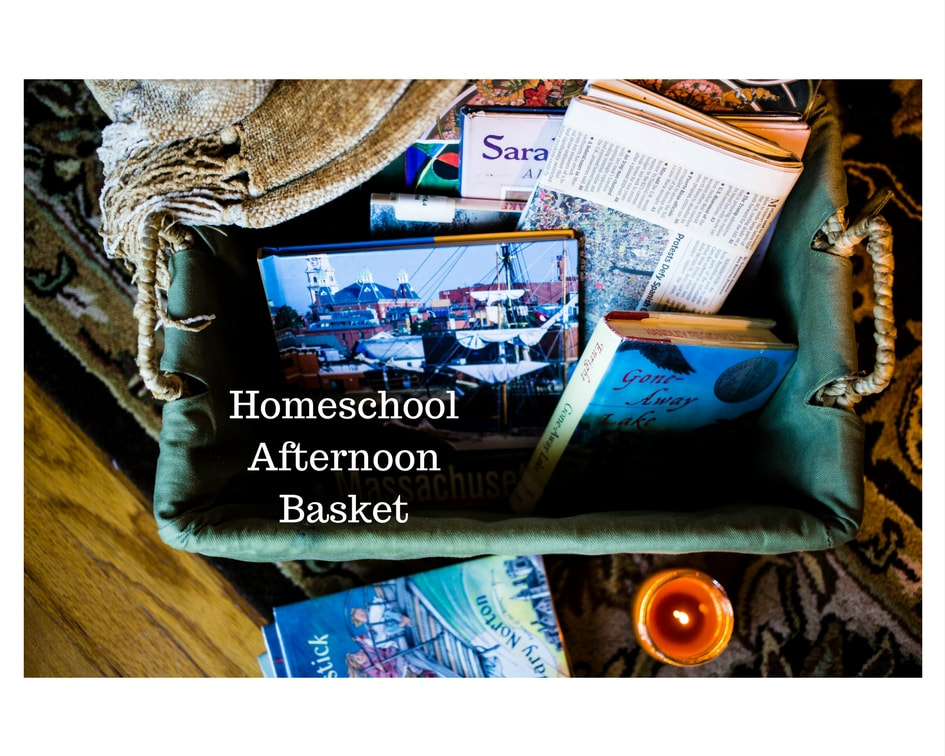 Get ready for your most memorable and enriching Veterans Day yet! Silverdale Press is thrilled to announce the release of White House Holidays: Veterans Day. It is the second in our White House Holidays series. The unit study is now available for purchase. Veterans Day is November 11th, so get your copy today. Don't let the holiday pass without seizing this unique learning opportunity. Designed for students in grades K-12, this unit study is a great way to teach your kids history, while learning to honor those who have fought for our country. The unit study is brimming with vivid illustrations, rich stories, and creative and meaningful activities. This is a unique learning opportunity that is guaranteed to bring lasting memories to your entire homeschool family. Click here to buy. In this unit study, students will learn about
Homeschooling students will also complete enriching activities. Students in grades K-6 will
Students in grades 7-12 will
The curriculum is easy for parents to use. It features
Further details:
How to Use
0 Comments
 *Note: This post went originally appeared in our Friday newsletter on September 22, 2017. To get the latest current events, subscribe to our newsletter. For our second Hot Chocolate and Current Events, we will equip your homeschool family to discuss President Trump’s speech to the UN General Assembly. There are a couple of options here. Choose one. Kick up your feet with your cups of hot chocolate and...
Key Terms: United Nations General Assembly: The main deliberative, policymaking, and representative body of the United Nations. Each country has one vote. Marshall Plan: After WWII, the U.S. gave Europe over $13 billion (about $130 billion today) in economic support to help rebuild its war-torn countries. sovereignty: the authority of a state to govern itself Otto Warmbier: The American student who was imprisoned in N. Korea for ripping down a banner. He presumably was tortured in prison and returned to the U.S. in a coma, where he later died. Kim Jong Un: Leader (dictator) of N. Korea (nicknamed Rocket Man by Trump) Questions for discussion: Why did Trump say the UN was founded? Do you think that they have done a good job fulfilling these roles? What do you think was the main message that Trump wanted to get across? Why do you think Trump uses the word “sovereignty” so many times? Why is it so important that the UN protect nations’ sovereignty? Trump calls a small group of “rogue regimes” the “scourge of our planet.” What do you think is the job of the UN with respect to these rogue nations? How does North Korea threaten the world? Trump said that the U.S., if it is forced to defend itself or its allies, will “totally destroy North Korea.” What do you think of this statement? Should Trump call Kim Jong Un “Rocket Man”? Why or why not? *Photo courtesy of Trump White House.  We here at Silverdale Press are getting ready for the release of our White House Holidays: Veterans Day unit study for homeschoolers. To mark the occasion, we are sharing some fun facts with you. Did you know that 2017 marks the 100th anniversary of the Selective Service Act? This act, passed by Congress, allowed President Wilson to raise an army to fight in World War I. Before the Selective Service Act, America had a small, volunteer fighting force and was in no way prepared to fight in the Great War. As the Central Powers sank more Allied ships and killed more American citizens, war looked increasingly likely. So, President Woodrow pushed for military conscription. At the time, all men between the ages of 21 and 30 had to register for the Selective Service. President Wilson's plan was a success. By Armistice Day (November 11, 1918), 24 million men had registered for the draft. The weight of United States fighting force had helped bring an end to the war.  You’ve probably heard of homeschool morning basket time. This is time carved out at the beginning of the school day to snuggle on the couch and read together. Whether it’s literature, poems, or assigned read alouds, the idea is to get the family together and reading. The bigger goal is to give your children a rich, literary childhood. But have you heard of the homeschool afternoon basket? The goal is the same as the morning basket, but how you put it into practice is a little different. Many homes observe an hour or so of quiet time in the afternoons. This provides a much-needed break for mom, as well as some much-needed peace and quiet for the kids. It’s tempting for kids to want to fill this time with video games, iPads, television, and maybe not-so-high-quality books. The idea behind the afternoon basket is to fill kids' “down time” with high-quality, useful readings. What kind of readings do you put in the afternoon basket? You could choose readings that would enhance what they are learning in homeschool. Or you could fill their afternoon baskets with quality books you (or they) would find interesting. Or you could fill their baskets with books on a subject that always seems to get put on your homeschool back burner. Parents will have to do a little curating for the afternoon basket. You will need to pick out books, clip articles, and maybe make a trip to the library. But once the upfront work is done, parents can rest assured that their kids’ minds are being filled with good words and pictures even during their down times. Here are some ideas about what to include in the afternoon basket:
Afternoon basket time can be a great addition to your homeschool. It can awaken wonder, helps kids meditate upon beautiful pictures and words, and increase their knowledge of important people, places, and events. Why not give it a try?  This article is from our 9/15/17 newsletter. For the most up to date current events, subscribe here. For our very first Hot Chocolate and Current Events, we will equip your homeschool family to discuss DACA. DACA, which stands for Deferred Action for Childhood Arrivals, is the federal government program that provides work and study permits to young people whose parents brought them to the U.S. illegally. Donald Trump recently decided to discontinue it, stating that is was an unconstitutional use of executive power (the Constitution gives Congress the power to make immigration and naturalization laws). First, read this article from BBC News. http://www.bbc.com/news/world-us-canada-41267926 Here are some key terms and people from the article: border wall: Donald Trump promised to build a wall along the Mexican border when he announced his candidacy for president DACA: Deferred Action for Childhood Arrivals. Created by Barack Obama via executive order. Gave temporary legal status to people who were brought to the U.S. illegally as children. Chuck Schumer: Senate Minority Leader (Democratic Party) Nancy Pelosi: House Minority Leader (Democratic Party) amnesty: an official pardon for people who have done something illegal—in this case, entered the country illegally Dreamers: the term for young people brought to this country illegally Here are several questions to use in discussion: Why do you think that President Trump tweeted in August 2015 that Dreamers “have to go,” but then tweeted this past week, “Does anybody really want to throw out good, educated young people who have jobs, some serving in the military?” What explains his apparent change of heart? What do you think of the proposed border wall? Do you think Trump should use DACA negotiations to get his proposed border wall? Do you think he’ll be successful? Do you think Dreamers should be given amnesty? If not, what should happen to Dreamers? What are reasons for and against giving undocumented immigrants who came to the U.S. as children permanent residency status? Is it more important to obey the rule of law or to show compassion? Credit: Official White House Photo by Andrea Hanks |
Silverdale PressCheck out our About Page to learn more about us! Categories |

 RSS Feed
RSS Feed